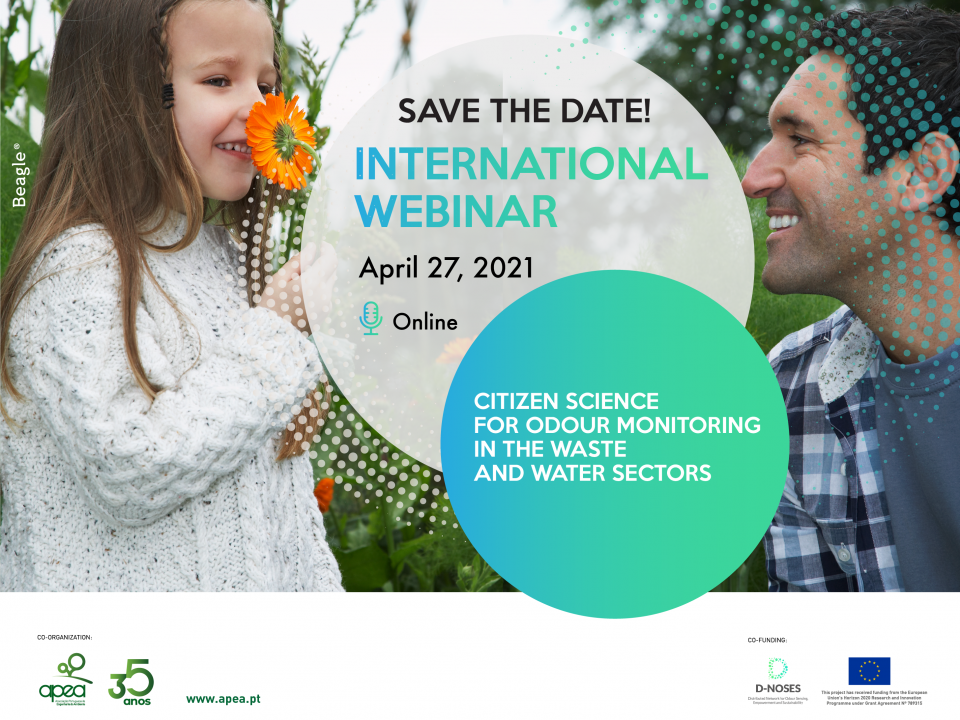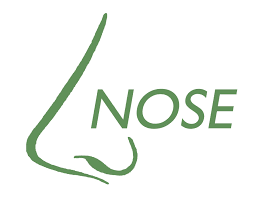- Happy or unhappy with the Odour Observatory? Tell us here!

More than a 100 people contribute to D-NOSES and OdourCollect in Chile and Colombia
January 11, 2021
International Conference on Environmental Odour Monitoring & Control 2021
May 11, 2021On the 17th of August 2018, the Decision of the European Commission establishing the best available techniques (BAT) conclusions for Waste Treatment (WT), was published in the Official Journal of the European Union. The legislation establishes a range of 200 to 1000 European Odour Unit (ouE/m3) as the maximum odour concentration allowed for these BATs for biological treatment of waste. This, in fact, is the first odour emission limit applicable to 28 European countries.
Through this unprecedented legislation, the Commission let us know that they changed their initial views published a few months back after a petition of a group of people of the ZUT University led by Mr Bogdan Ambrożek.
Although legislating on odour pollution is crucial, the text cannot serve as a tool to manage odour impact in plants with a potential to cause odour annoyance. In fact, more and more Best Reference Guidelines (BREFs) for industrial activities incorporate the Odour Management Plan (OMP) as a tool to prevent odour impact. Currently, there are nine BREFs that mention the OMP as a BAT.
- PP –Production of Large Volume Organic Chemicals – September 2014 -(Chapter 2.4.9 Techniques to reduce odour del BREF).
- WBP – Wood-based Panels Production – November 2015 – (BAT 9)
- CWW – Common Waste Water and Waste Gas Treatment/Management Systems in the Chemical Sector – January 2017 (BAT 20)
- IRPP – Intensive Rearing of Poultry or Pigs – July 2017 – (BAT 12)
- LCP – Large Combustion Plants – December 2017 – (BAT 1)
- WT – Waste treatment – August 2018 – (BAT 10 and 12)
- FDM – Food, Drink and Milk Industries – December 2019 – (BAT 15)
- WI – Waste Incineration – December 2019 – (BAT 1)
- STS- Surface Treatment Using Organic Solvents including Wood and Wood Products Preservation with Chemicals – December 2020 – (BAT 23)
Usually these OMPs set:
- A protocol for conducting odour monitoring.
- A protocol for response to identified odour incidents, e.g. complaints.
- An odour prevention and reduction programme designed to identify the source(s); to measure/estimate odour exposure; to characterise the contributions of the sources; and to implement prevention and/or reduction measures.
The new European legislation on odour emission limits can thus be seen as complementary to the OMPs recommended in Best Reference Guidelines. These are the two main channels channelled by the European Union to address odour impact for industrial activities under the Industrial Emissions Directive (IED, 2010/75/EU).
By Carlos Díaz and Cyntia Izquierdo




